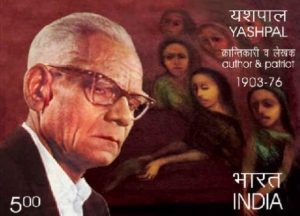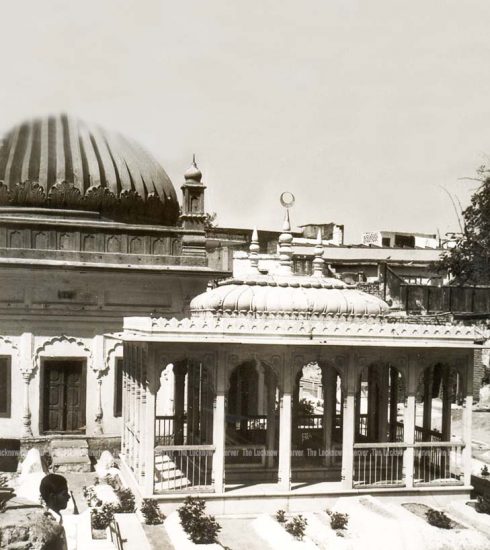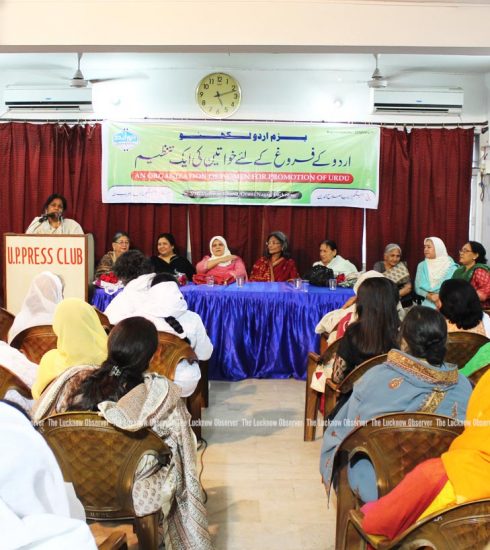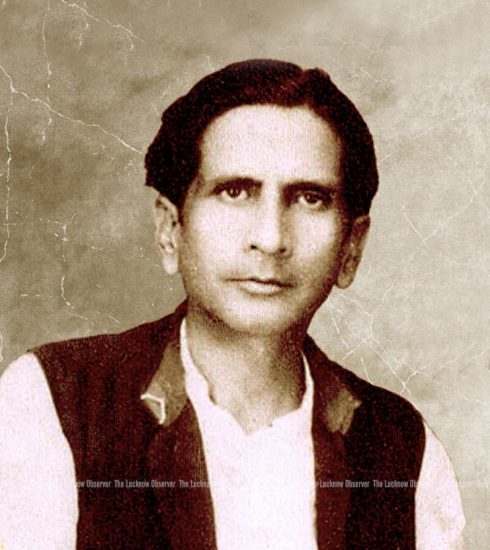Yashpal: A Woman’s Best Friend
Anand looks back on Yashpal’s Divya, Hindi’s first feminist novel
Divya, is a Hindi novel by Yashpal. It is set in 1st century AD when there was a wide mingling of Indian and Hellenic cultures in Northern India. It is about a young woman from an aristocratic Brahmin family who tries to find her identity in a male-dominated society.

At the Spring Festival in the city of Sagal, Divya is chosen as the best dancer. Prithusen, son of a powerful magnate who was a former slave, is the martial arts champion. Divya, who had surrendered to Prithusen on the eve of his departure to flght an invader, is now pregnant. Prithusen, on his return as a hero, decides to marry the grand daughter of the republic’s Greek president with an eye on his future. Divya leaves home and falls prey to a slave trader who sells her to a faraway place. Divya escapes and goes to a Buddhist monastery to seek shelter. She is refused shelter because no woman can be given shelter without the permission of a male – her father, husband or son. Divya decides to become a courtesan in order to be independent.
After many ups and downs in her life, she returns to Sagal.
In the denouement of the story, Divya is first approached by the Brahmin king who offers to make her his queen. Prithusen, now a Buddhist monk invites her to seek shelter in Budhha’s religion and her old friend Marish, a Charwak philosopher and sculptor says that all that he has to offer her is his companionship. Divya accepts to go with Marish.
>When Yashpal wrote Divya in 1945, he had already published two novels, five collections of short stories, a book on the basic tenets of Marxism, and one of his best-known works Gandhiwaad ki shav-pariksha (Postmortem on Gandhism).
Divya is an impressive attempt by a writer whose first book was published seven years earlier and who had served seven years in prison for revolutionary activities. A consistent feature of Yashpal’s writing is his compassion for women and his concern for the inferior position of women in India. The women protagonists in his writings often break free, or try to, from the traditions of society that want to keep them in total dependence upon their family.
Since its publication 70 years ago, Divya has had a chequered history not dissimilar to the tumultuous story of its eponymous heroine. Assertions by Divya such as“the mistress of a noble family is not a free woman; she is not independent like a disreputable courtesan” outraged many of Yashpal’s contemporaries. Others tried to ignore it because they felt that a story about India’s so- called Golden Age could not be considered literature if it expounded an unacceptable political ideology.

Fortunately a core of young critics and scholars of successive generations have continued to stand – even swear – by Divya’s yearning for independence when she decides to be a prostitute so as to be a free woman and have ownership rights over her body. Such thinking was clearly behind the general acknowledgement of the novel’s importance and of its impact on Hindi literature that has been expressed often forcefully and unequivocally in calling it the first ‘feminist’ novel in Hindi.








